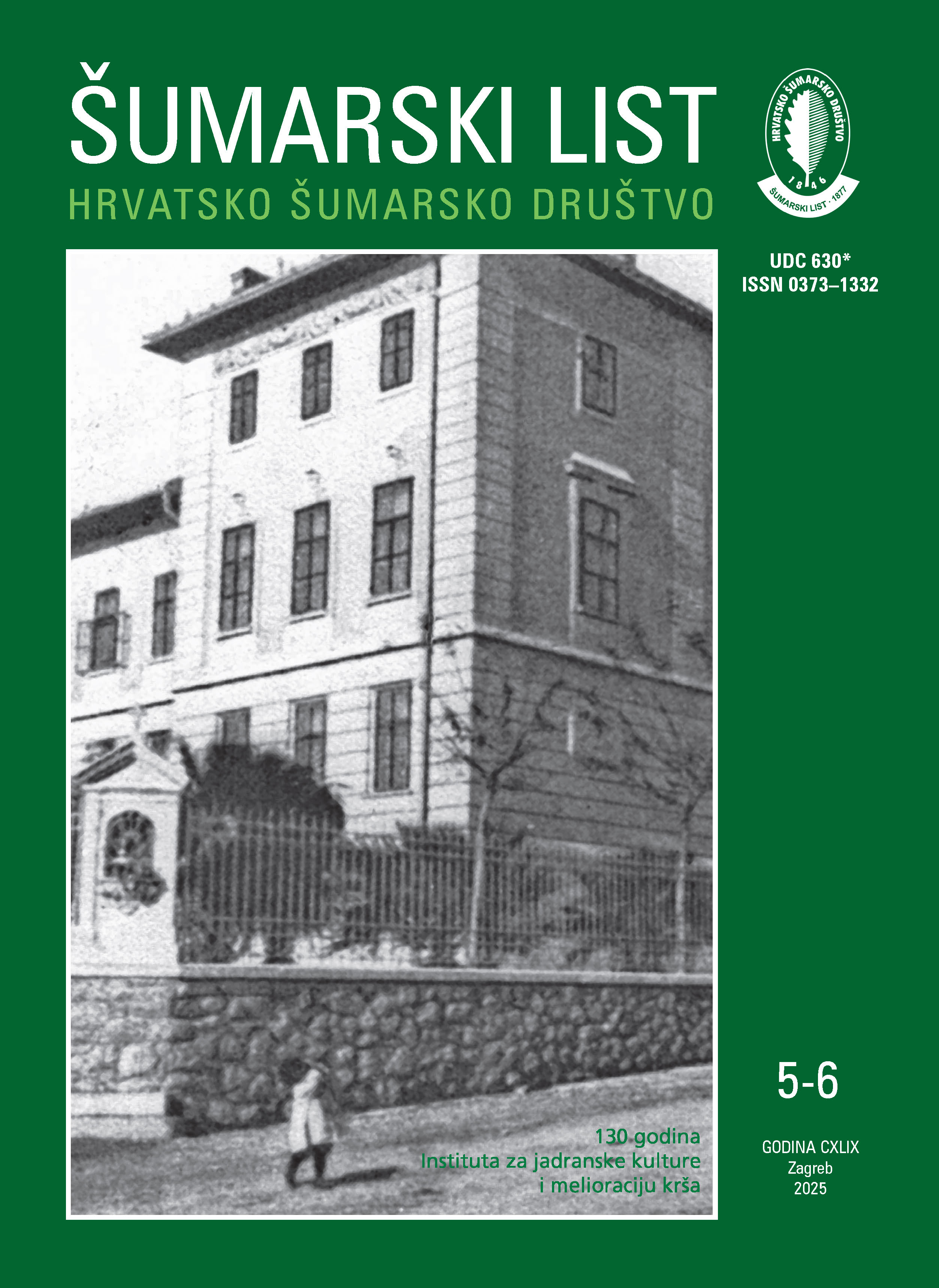Evaluation of Rooting Responses in Lagerstroemia indica L. Cuttings Under Different Greenhouse Settings, Rooting Media, and Phytohormonal Applications
Keywords:
Crape myrtle, landscape, vegetative propagation, auxin, rooting percentageAbstract
Lagerstroemia indica L. is a favored ornamental plant in landscaping projects and its various vegetative parts are widely used in medicine. This study aimed to propagate the species using hardwood cuttings due to its desired traits. For this purpose, three different greenhouse media were set up, each containing perlite and peat rooting media. In each medium, in addition to the control, cuttings treated with 1000 ppm and 5000 ppm doses of indole-3-butyric acid (IBA) and α-naphthaleneacetic acid (NAA), which are auxin group phytohormones, were used. The study's findings revealed that GM-2 (air temperature: 20±2°C; rooting table temperature: 25±2°C) and GM-3 (nylon tunnel greenhouse) had greater rooting percentages and root lengths than GM-1 (air and rooting table temperatures: 20±2°C), which had the highest number of roots. In all three greenhouse conditions, perlite rooting medium had a definite advantage in terms of rooting percentage; nevertheless, peat rooting medium mostly produced greater results with regard to both root length and the number of roots. As a result of the study, the highest rooting percentages were recorded in perlite rooting media, with 90.00% in the NAA 1000 ppm treatment in GM-2 and NAA 5000 ppm treatment in GM-3. Based on these findings, to achieve a high rooting success rate, it can be recommended to use cuttings treated with NAA 1000 ppm in perlite rooting medium in a greenhouse medium where the rooting table temperature is set 5℃ higher than the air temperature.
Downloads
Published
License
Copyright (c) 2025 Ali Bayraktar, Deniz Güney, Fahrettin Atar, İbrahim Turna

This work is licensed under a Creative Commons Attribution-NonCommercial 4.0 International License.


